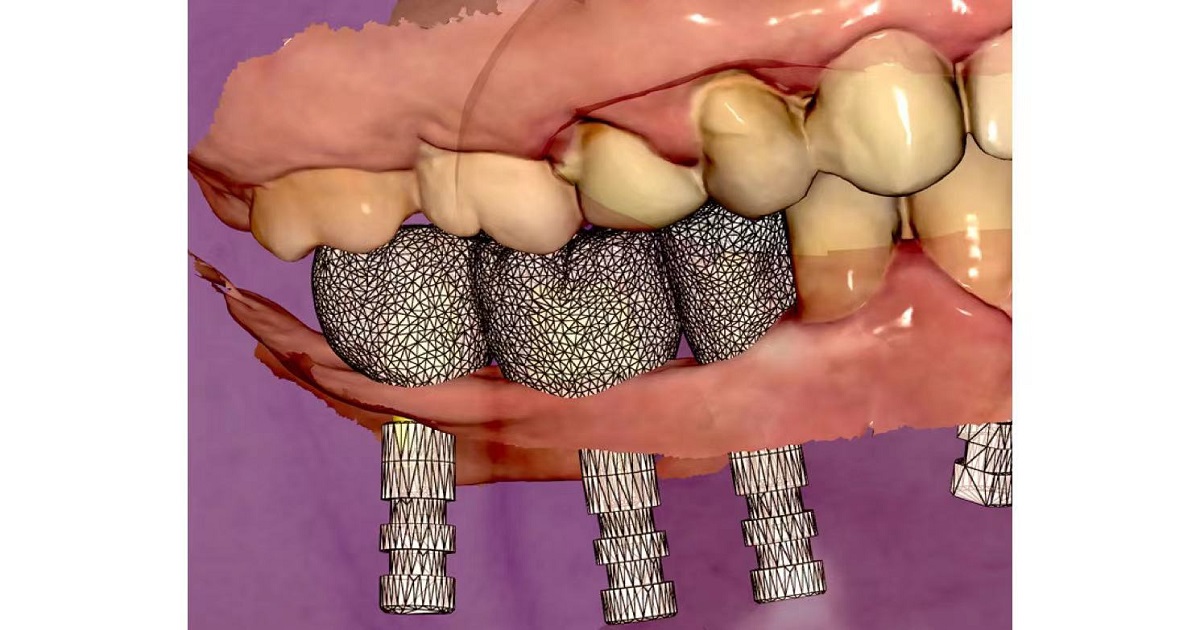Digital Dentistry: Computer-Aid Diagnosis and Treatment
A special issue of Applied Sciences (ISSN 2076-3417). This special issue belongs to the section "Applied Dentistry and Oral Sciences".
Deadline for manuscript submissions: closed (20 October 2023) | Viewed by 14826

Special Issue Editors
Interests: digital dentistry; oral implantology; bone imaging
Special Issues, Collections and Topics in MDPI journals
Interests: dental radiology
Special Issue Information
Dear Colleagues,
The advent of digital technologies in dentistry has led to shorter treatment times and higher predictability of treatment outcomes. Among the most important technologies used in digital workflows in dentistry is computer-aided design and computer-aided manufacturing (CAD-CAM). Scientific evidence has been consecutively presented, showing the usefulness of three-dimensional (3D) images not only for diagnosis but also for treatment planning. Current cone beam computed tomography (CBCT) scanners can offer higher contrast and spatial resolution for bone images, as well as lower radiation doses than before. Similarly, intraoral scanners have been validated to perform digital impressions, which can replace the conventional impressions usually performed with a series of impression materials. The integration of these 3D images enables the creation of a virtual patient, enhancing the multidisciplinary treatment plan.
Prof. Dr. Arthur R. G. Cortes
Prof. Dr. Claudio Costa
Prof. Dr. Guillermo Pradies
Guest Editors
Manuscript Submission Information
Manuscripts should be submitted online at www.mdpi.com by registering and logging in to this website. Once you are registered, click here to go to the submission form. Manuscripts can be submitted until the deadline. All submissions that pass pre-check are peer-reviewed. Accepted papers will be published continuously in the journal (as soon as accepted) and will be listed together on the special issue website. Research articles, review articles as well as short communications are invited. For planned papers, a title and short abstract (about 100 words) can be sent to the Editorial Office for announcement on this website.
Submitted manuscripts should not have been published previously, nor be under consideration for publication elsewhere (except conference proceedings papers). All manuscripts are thoroughly refereed through a single-blind peer-review process. A guide for authors and other relevant information for submission of manuscripts is available on the Instructions for Authors page. Applied Sciences is an international peer-reviewed open access semimonthly journal published by MDPI.
Please visit the Instructions for Authors page before submitting a manuscript. The Article Processing Charge (APC) for publication in this open access journal is 2400 CHF (Swiss Francs). Submitted papers should be well formatted and use good English. Authors may use MDPI's English editing service prior to publication or during author revisions.
Keywords
- computer-aided design
- computer-aided manufacturing
- CAD-CAM
- cone beam computed tomography
- digital workflow
- image-guided surgery
Benefits of Publishing in a Special Issue
- Ease of navigation: Grouping papers by topic helps scholars navigate broad scope journals more efficiently.
- Greater discoverability: Special Issues support the reach and impact of scientific research. Articles in Special Issues are more discoverable and cited more frequently.
- Expansion of research network: Special Issues facilitate connections among authors, fostering scientific collaborations.
- External promotion: Articles in Special Issues are often promoted through the journal's social media, increasing their visibility.
- e-Book format: Special Issues with more than 10 articles can be published as dedicated e-books, ensuring wide and rapid dissemination.
Further information on MDPI's Special Issue policies can be found here.





